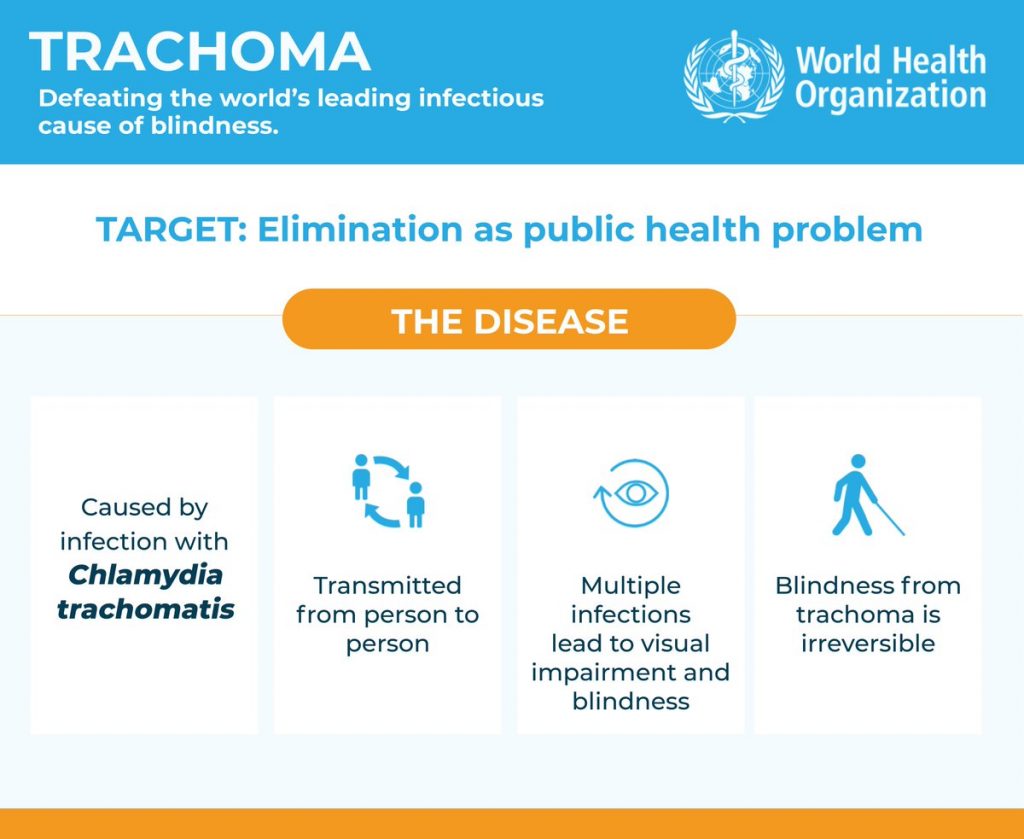Inequality: Yachts and Diseases
Contrasts: on yachts and tropical diseases
Huge numbers are hard to visualize. A billion dollars, let’s say. That’s the sum you have to accumulate to get yourself listed as a billionaire in Forbes magazine and denounced by Bernie as a member of the ‘billionaire class.’
Start with a wad of twenty $100 banknotes. That makes $2,000. Then imagine a suitcase packed with 500 of those wads. That makes a million. Then imagine entering a big storeroom with 100 of those suitcases lined up on shelves. That still gives us only one tenth of a billion.
Or we can tackle the problem in another way. We can ask what can be done with a billion dollars. What can be bought with that much money? What can be achieved?
Homes and yachts

Meet Mr Mukesh Ambani – chairman, managing director, and largest shareholder of Reliance Industries Ltd., a conglomerate that owns numerous firms throughout India. He spent one of his fifty-plus billions having a home built for himself, his wife, and their three children. With the possible exception of Buckingham Palace, it’s the priciest home in the world. Named Antilia after a mythical island in the Atlantic, it towers 568 feet over the smog-laden Mumbai landscape. Its facilities include parking space for 168 cars, a car service station, 3 helipads on the roof, 9 elevators, a spa, an ice cream parlor, terraced gardens, a temple, a vast library, a dance studio, a swimming pool, a gym, yoga room, and snow room, a ballroom, guest suites, a 50-seat theatre, and accommodation for 600 permanent staff. Ample use was made of marble, rare woods, and mother of pearl in the construction.
Another way to spend a billion dollars is to purchase a fancy yacht. If it hasn’t yet been snapped up, you could buy the Streets of Monaco, a ‘floating city’ that displays a miniature scene from the fabled principality. When it comes to yachts, however, a billion is not enough to take you right to the top. That place is occupied by the History Supreme, made of solid gold and platinum and valued at almost 5 billion dollars. It belongs to Mr Robert Kuok Hock Nien of Malaysia.
Trachoma
Searching for more ways to spend a billion dollars, I came across this news item. The World Health Organization (WHO), a specialized agency of the United Nations, had declared that it could eradicate trachoma within 4 years if it had a billion dollars to devote to that purpose.
Trachoma is a highly contagious eye infection. It scars the eyelids and turns them inward, so that the eyelashes scrape the cornea with every blink, causing great pain. Untreated, it leads to permanent blindness. Trachoma is endemic in many poor rural areas and affects over 21 million people, over a million of whom are already blind. However, the bacterium that causes trachoma is known. The condition is easy to treat, cure, and prevent.

So, says the WHO, it could eradicate this scourge if it were able to allocate $250 million a year to the task for 4 years. How much does it currently allocate for trachoma? Published data do not answer this question. The WHO’s Programme Budget 2018—2019 does not give figures for any specific communicable diseases except HIV and hepatitis (which are lumped together), tuberculosis, and malaria. Trachoma is placed in the category of ‘neglected tropical diseases’ (NTDs) alongside river blindness, leprosy, trypanosomiasis, lymphatic filariasis, elephantiasis, and dracunculiasis. This is not a complete list because ‘new diseases are constantly being added to the portfolio’; all low-income countries are affected by at least 5 NTDs (Section 1.4).
The amount spent by the WHO in 2018—2019 on all NTDs was $107.3 million. Of this $42.6 million was spent at headquarters, leaving only $64.7 million for work in the field, mainly in Africa and Southeast Asia. How much of this went to treat trachoma we do not know, but clearly it must have been far below the $250million required for eradication within 4 years.
This low level of expenditure reflects the chronic underfunding of WHO programmes by national governments. As one analyst remarks, ‘the WHO is required to function on a budget equal to that of the university hospital in Geneva [Switzerland] and less than the budget of many major hospitals in the United States.’ Hence also the pitifully modest targets that the WHO sets itself – for instance, to reduce ‘the number of people requiring interventions against NTDs’ from a baseline of 1,700 million to – wait for it! –1,500 million.
‘Neglected tropical diseases’ – that is not a medical term. Rather, it describes an economic and political situation. Pharmaceutical companies and entrepreneurial physicians neglect these diseases because hardly any of the people who suffer from them can afford to buy medical goods and services. As economists say, they create negligible ‘effective demand.’ And relieving their misery evidently comes very low on lists of governmental priorities.
Implications
The contrast drawn here highlights the cruelty and waste of a social system that caters with unstinted generosity to the trivial whims of a tiny minority while brushing aside the vital needs of millions of people. Many similar contrasts could be drawn. The sum of money could be larger or smaller. Instead of yachts we could talk about private jets. Instead of treatment for disease we could discuss the supply of drinking water (although that too is a healthcare issue).
It is not essential that comparisons be drawn in terms of money. Instead we could, for example, compare the numbers of people employed in socially useful and in socially useless work (money-handling jobs coming under the latter category). Money is not a very good measure of human effort and other resource use, even though in this society it is the most convenient one. Thus the value of Antilia on the real estate market has risen to two billion dollars, but this does not mean that the resources embodied in its construction have changed. Conversely, money values take no account of many very important resources.
Nor is it essential to focus solely on the luxury consumption of the wealthy. Luxury consumption is a significant and growing source of waste, but several other sources of waste are no less significant. Annual world military expenditure is rising toward the two-trillion-dollar mark ($1.822tn in 2018 according to SIPRI). There is also the waste inherent in unemployment and in built-in obsolescence, the waste of the creative abilities of working people, and the destruction of goods that cannot be sold at a profit.
A gloomy picture, to be sure. But it does draw attention to the vast scale of the resources that could be redirected to satisfy people’s needs and meet the climatic, environmental, and other global challenges faced by our species, once those resources are appropriated by the human community and brought under its democratic control.
STEFAN
